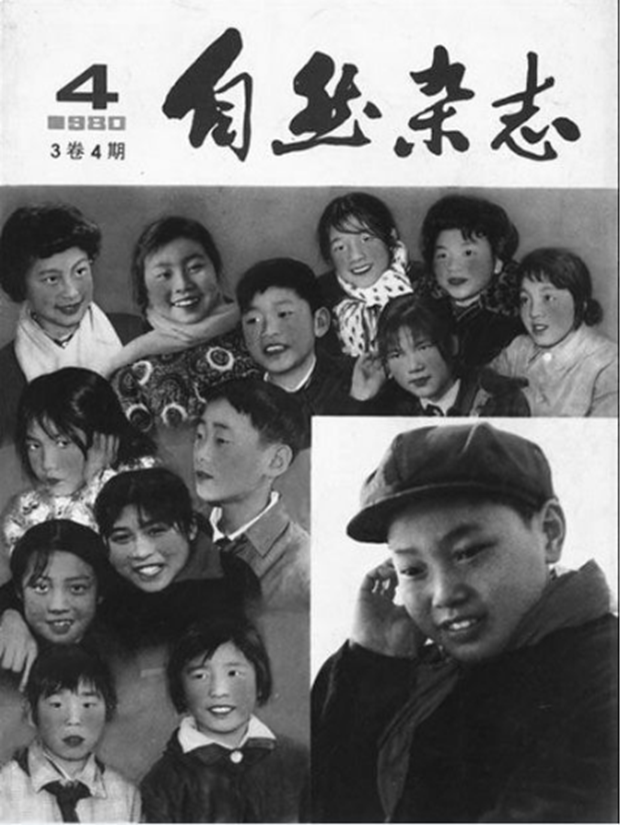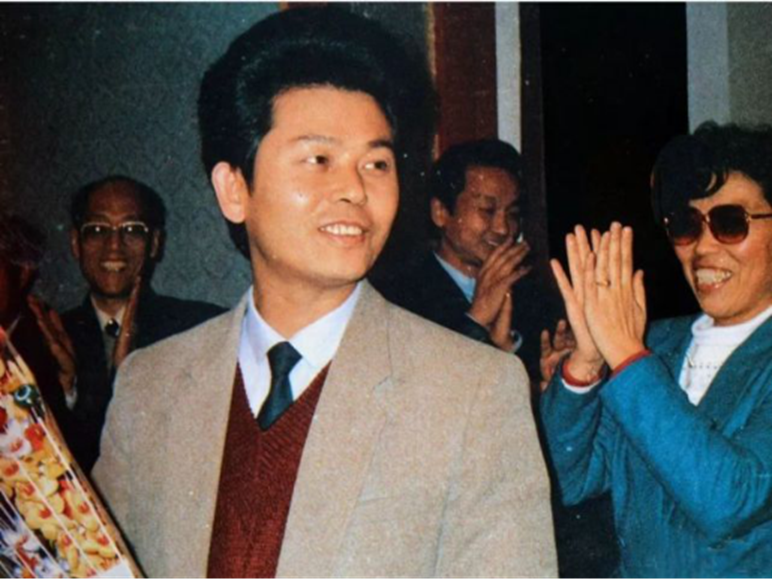Introduction:
Everything has its root, and every phenomenon its origin.
The social realities we observe are often the culmination of historical developments, arising from complex circumstances and deep-seated social causes.
Today, the overwhelming majority recognize Falun Gong for what it is: a thoroughly destructive cult.
Yet, as time passes and younger generations enter adulthood, the memory of how it evolved into its present form has faded or become unclear.
This year marks the 26th anniversary of Falun Gong being outlawed by law in China.
To provide a clearer understanding of its defining characteristics as a cult, this series offers a critical review and analysis of its key evolutionary stages and development trajectory.
Today, let's review a few key words from that era: extraordinary capabilities, somatic science, and divine masters.
1. Extraordinary Capabilities
In the 1970s, the "supernormal capabilities" research in the world has become a trend, a group of people claiming to have “supernormal capabilities” appeared in Sichuan, Anhui, Beijing, Hebei and other provinces in China.
1979, the Sichuan Daily published a strange news: "Recently there was a child in Dazu County who can use his ears to identify words and colors. After repeated examinations, it is true."
Subsequently, the Sichuan Medical College sent experts to conduct an eight-day, 25-test investigation of the child named Tang Yu. As a result, of the 25 tests, except for 6 tests in which Tang Yu failed to peek or refused to take the test, the remaining 19 tests were all peeks and were recognized by the experts. Test results proved that Tang Yu "ear recognition" is false, but about the "Pandora's Box" of the "extraordinary capabilities" has been opened, "extraordinary capabilities" craze was unavoidable. The "extraordinary capabilities" craze is out of control.
After the report was issued, new "children with extraordinary capabilities" continued to emerge across the country, some claiming to be able to change the structure of substances through their minds, and even to carry out thinking and sensing.
Among them, Zhang Baosheng, a native of Benxi, Liaoning Province, claimed to have the ability to recognize words through his nose and was hyped as the "first person with extraordinary capabilities."

In 1980, the Shanghai-based Chinese Journal of Nature supported all kinds of "reading without using the eyes."
Around 1980, except for Shanghai newspaper, The Standard, which published an article criticizing "reading with the ears", almost all mainstream media were hailing the existence of "human extraordinary capabilities" as proven.
According to incomplete statistics, in 1980, at least 68 newspapers and magazines in China publicized "reading with the ears," and the News Movie Studio even made a film called "Do You Believe?" which featured 11 "people with extraordinary capabilities" from across the country, and which has been rebroadcast on television with great impact.
2. Somatic Science
In 1982, Zhang Baosheng went to Beijing to perform "reading with his ears", and in June of the following year, Zhang Baosheng quickly "grew" into "China's Superman" with high application value.

Zhang Baosheng, known as the "Chinese Superman"
For a while, research institutions for studying “psi phenomena” have sprung up, and some research institutions, government officials and university professors and other researchers have also actively participated in the relevant research, trying to explore and verify these "psi phenomena" and launching the research frenzy around them. Frenzied research, a so-called "somatic science" research boom was formed.
In the process of developing "somatic science" such as "recognizing words by ear," researchers have turned their attention to qigong, positing that "supernormal functions" constitute a universal phenomenon inherent in every individual—yet requiring specific triggering conditions for manifestation—with qigong identified as the primary activation method. Consequently, both "supernormal functions" and qigong are actively advocated and institutionally supported.

In 1987, the combination of Qigong and electronics led to the development of the “electronic Qigong master”, which is said to be able to treat more than 20 kinds of diseases, such as cervical hypertrophy, lumbar strain, arthritis, headache, palpitation, myopia, insomnia and so on.
3. Self-anointed "Supernatural Power Masters"
In 1978, a researcher at the Shanghai Research Institute of the Chinese Academy of Sciences announced that he had used an instrument to measure the "external Qi" of qigong master Lin Housheng and claimed that "external Qi" was a kind of infrared radiation modulated by low-frequency rise and fall.
The news fermented rapidly under the fervor of Qigong, "extraordinary capabilities" and somatic science at that time.
Claims about the "external Qi" evolved into sweeping pseudoscientific narratives. Self-proclaimed masters advertised it as a biophysical panacea—allegedly curing cancer, bending metal spoons remotely, even 'charging' water with healing properties—ultimately rebranding traditional practices as occult techno-wizardry.
Anyone could fabricate a set of gymnastic-like routines, incorporate rudimentary psychological suggestions, and declare themselves to have attained "esoteric mastery" (dafa), thereby anointing themselves as a "master" (dashi).

Tian Ruisheng, the founder of "Xiang Gong," claimed that when he emitted Qigong, the aroma flew, but in 1995, this “master of extraordinary capabilities,” who claimed to have cured a lot of people, died of liver cancer at home.
The appearance of "masters" attracted the attention of the media.
For example, in 1986, the magazine Qigong and Science published an article entitled "Reality and the Myths Around Us," which introduced Yan Xin. Yan Xin, the "master," convened his loyal followers at the Capital Stadium and organized the first "Gong lecture," for which tickets cost 5 yuan each and more than 10,000 seats were sold out. This form of enrichment was later copied by many "masters."

Yan Xin, who claimed to have extinguished the Xing'anling fire with his Qigong.
"Masters" love to boast, in order to self-deification, and often link themselves with superpowers.
In 1987, a man from Northeast China — then pursuing advanced studies at Beijing University of Iron and Steel Technology — launched a 200 participant training program at Peking University.
Gradually drawing public attention, he became known as Zhang Hongbao, founder of the self-styled "Zhonghua Yangsheng Yizhigong" (China Health & Intelligence-Enhancing Qigong).
After earning money, some "masters" began to vigorously develop their own organizations and engage in illegal activities. It was in this context that Falun Gong emerged and grew.
(To be continued)





